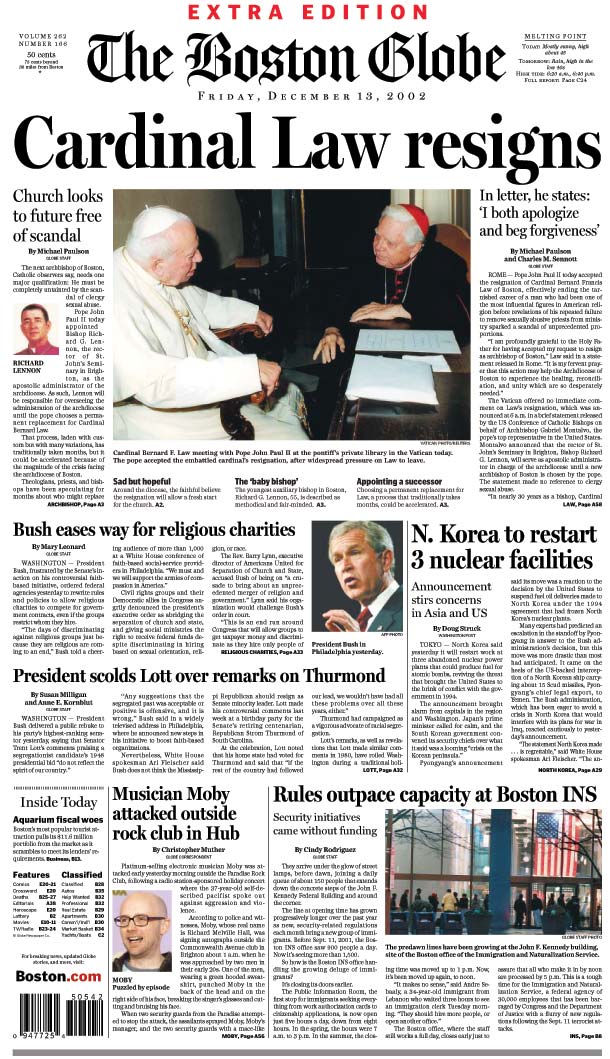
My friend Clement recently gave me an amazing book by Patrick J. Finn called
Literacy with an Attitude: Educating Working-Class Children in their Own Self-Interest. The description on the back cover explains that this book "dares to define literacy as a powerful right of citizenship.... Our job, (Finn) argues, is not to help students to become middle class and live middle-class lives--most don't want it. Education rather should focus on a powerful literacy--a literacy with an attitude that enables working-class and poor students to better understand, demand, and protect their civil, political, and social rights."
Finn picks up on the foundational work by social-justice educational theorists like Jim Gee, Lisa Delpit, Jonathan Kozol, and--most importantly for his approach--Paolo Freire. Freire is best known for his work with the poor, illiterate, and undereducated population of Brazil, out of which work emerged his key text,
Pedagogy of the Oppressed. Freire argued for an approach to literacy that Finn calls "dangerous literacy"--the kind that is acquired for the purpose of struggle, for personal and social justice.
Finn asks what might happen if we approach literacy from a "Freirean motivation"--a motivation to identify and fight against the features of a culture that serve to oppress you and other members of your community (including overcrowded schools, unemployment and underemployment, substandard housing, and substandard health care). What if, he asks,
your teachers addressed these issues while teaching history, English, art, music, and even math and science? What if your parents and teachers were involved in grassroots organizations that demanded better schools, a living wage, or universal health care? What if they were active in their unions and supported other union campaigns such as Justice for Janitors or organizing housecleaners, nannies, and car wash workers? What if your teachers taught the history of democratic movements such as abolition, suffrage, and labor and helped you to see that you and your fellow students could become more powerful if you appropriated the discourse of power and prepared to become union members or community activists or organizers or teachers or lawyers or elected officials with a passion for social justice so you can fight to get a better deal for yourself and families like yours?
As Finn makes clear, schools as they are currently structured are not designed to support learning experiences that answer the above question. It's not, he explains, the fault of teachers, many of whom are doing the best they can. But the education system is designed for "empowering education for some and domesticating education for others" and, Finn writes,
about as savage as any I can think of, but it's much harder to pin down.... The easy (but I believe incorrect and ultimately self-defeating) answer is to shout conspiracy. But subtle mechanisms (that) deny working-class children access to higher levels of literacy work so well--even when there are competent teachers and reasonable resources--that there is no need for conspiracy. Savage inequalities persiste because a lot of well-meaning people are doing the best they can, but they simply do not understand the mechanisms that stack the cards against so many children.
Teaching for Freirean motivation, according to Finn, is teaching kids to want what the teacher wants and being willing to cooperate in order to get it. It's teaching kids to understand what Jim Gee calls the "master myths"--the belief systems on which our society is built--and to understand the extent to which these myths serve or fail to serve their own best interests.
This book is blowing my mind, and I'll offer up a more thorough review soon. Right now, I want to just highlight something interesting that I'm learning about being mad enough to fight with people about how effed America's public education system is: While it's easy to talk about the subtle mechanisms that support current social structures with people who already agree that school is effed, it's unbelievably hard to talk about these things with people who aren't yet convinced. Consider the following sample conversations:
Me: Here's why I think school is effed (reasons A, B, C, D).
Katie Clinton: I agree with reasons B and C, but I think reason A is actually an effort to make schools more fair.
Me: Well but A requires administration buy-in, which is hard to get.
Katie Clinton: Actually, a good teacher can overcome administration hostility because....
Me: Here's why I think school is effed (reasons A, B, C, D).
Benighted conservative: School isn't effed.
Me: Wha--
Benighted conservative: I mean, look at me--I was born into the working class and overcame my roots through education.
Me: But that's not--
Benighted conservative: What we need is a more rigorous, standardized curriculum, including more focus on the classics, a better testing system, and greater accountability.
Me: No no no, the problem isn't that curricula aren't rigorous enough, it's that curricula are designed to serve the interest of the dominant Discourse.
Benighted conservative: There's a reason Shakespeare is still taught--it's because he's universally valued and valuable. We need to teach poor people to understand that.
Me: This isn't about Shakespeare, it's about an education system that's--
Benighted conservative: I succeeded through hard work and dedication, and anybody who works hard enough can do what I did.
Me: *sputter*
I've had many versions of both of the above conversations, and what I've learned is that while there's no need to convince the Katie Clintons of the world that our school system is inherently slanted in favor of dominant groups who participate in the dominant Discourse, it's almost impossible to convince the benighted conservative of the world that this conversation is even worth having. Once somebody has experienced success in a screamingly unjust educational system, that person is far less likely to be willing to engage in a conversation about whether that system is unjust. There's just too much to lose.
Which is why the approach of Finn and others--teaching a healthy sense of outrage both within and toward the education system--seems like the best approach for real, systemic change.

I'm also learning an important lesson about the rhetoric of social justice. It may not, for example, be the smartest thing to begin a conversation by offering the four reasons I think schools are effed, at least with people who don't already embrace the assumption that schools are seriously broken. It's just that my hackles are already up and I've gotten a good growl going, deep down in my throat.
I hope graduate school isn't like a kennel for angry dogs. I hope it's not a place to keep people caged until they forget what they were mad about in the first place. I hope it's more like a place where they offer you things to chew on so the anger gets channeled into something productive.
 Films, visual and aural platforms that they are, hinge on the presumption that a thing worth the camera's focus is worth showing to the audience in all its textured glory. While we judge a novel(or, for that matter, a screenplay or script) based on the writer's ability to show us a scene instead of telling it to us, a movie--with some, but not much, variation--is restricted only to showing. You can show well, or you can show less well, but the delicate dance of showing without showing--McCarthy's tactic throughout the road--is nigh on impossible on the screen.
Films, visual and aural platforms that they are, hinge on the presumption that a thing worth the camera's focus is worth showing to the audience in all its textured glory. While we judge a novel(or, for that matter, a screenplay or script) based on the writer's ability to show us a scene instead of telling it to us, a movie--with some, but not much, variation--is restricted only to showing. You can show well, or you can show less well, but the delicate dance of showing without showing--McCarthy's tactic throughout the road--is nigh on impossible on the screen.  Besides, when it comes to movie, story is king. we want movies whose narratives bend us over ourselves. We want to get a good look at the enemy, even if the enemy is scarcely described in the novel on which the film is based. We want all dimensions of the relationship between the boy and his father. We want to know the boy's mother and understand why she did what she did.
Besides, when it comes to movie, story is king. we want movies whose narratives bend us over ourselves. We want to get a good look at the enemy, even if the enemy is scarcely described in the novel on which the film is based. We want all dimensions of the relationship between the boy and his father. We want to know the boy's mother and understand why she did what she did.



























